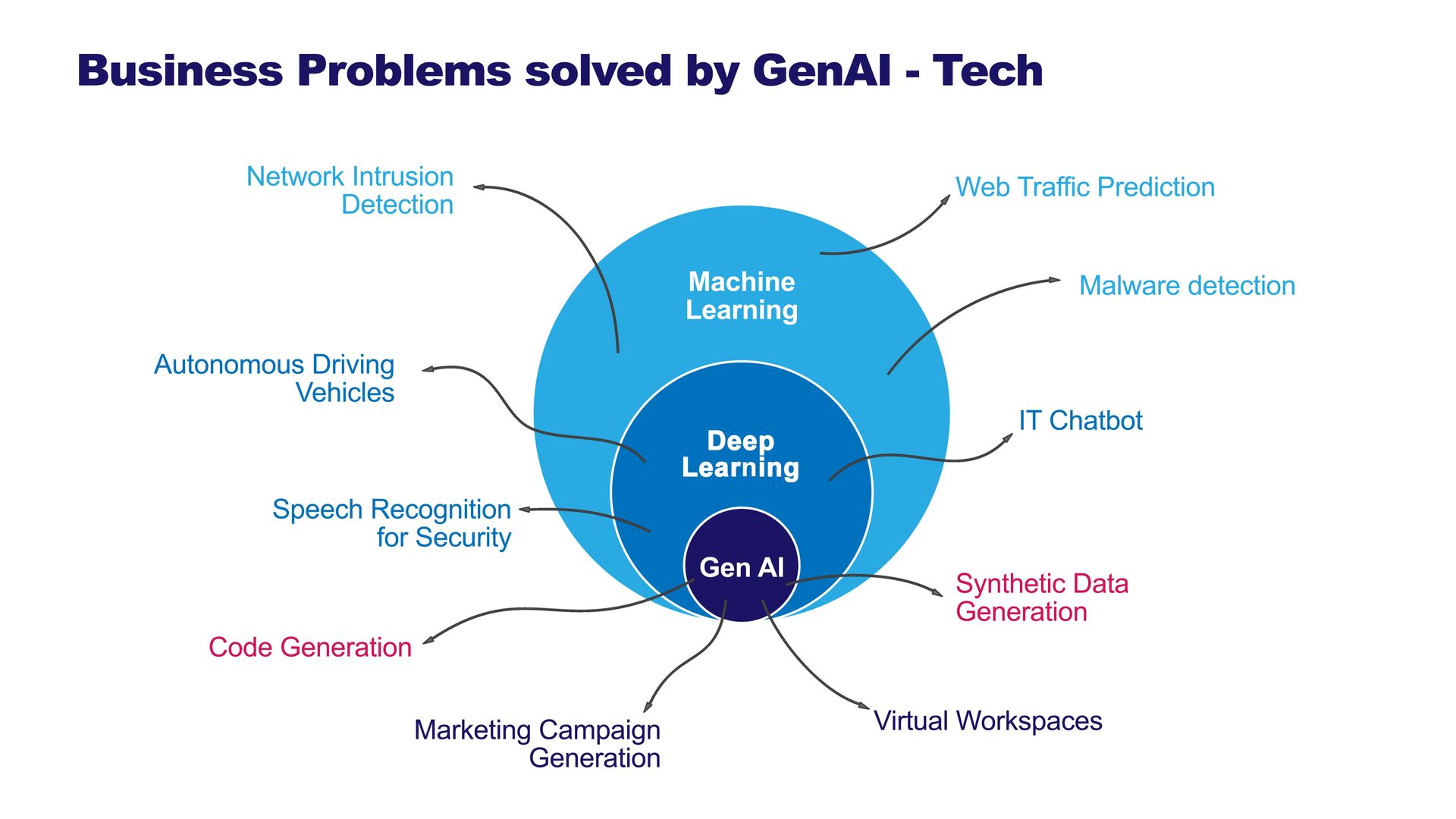CIO vs CTO: What Is The Difference?
January 22, 2024
Technology role alignment is essential for efficiency and competitiveness

In the dynamic landscape of business technology, the roles of Chief Information Officer (CIO) and Chief Technology Officer (CTO) are crucial yet distinct. Understanding these roles is essential for any organization striving to leverage technology effectively.
The Distinct Roles of CIO and CTO
Chief Information Officer (CIO): The CIO focuses on internal technology management, ensuring the IT infrastructure aligns with the organization's goals. This role involves overseeing data security, managing internal systems, and ensuring technology supports the business's operational needs.
Chief Technology Officer (CTO): The CTO, on the other hand, looks outward to emerging technologies and product strategy. This role is about identifying new tech trends and integrating them into the company's products and services to maintain a competitive advantage.
Five Key Roles of a Transformative CIO
- Business Leader: A transformative CIO understands the business thoroughly. This involves engaging not just with the C-suite but also with functional and business unit leaders. By taking responsibility for revenue-generating initiatives, a CIO gains a nuanced understanding of the business implications of technology.
- Change Agent: This role requires acknowledging the need for change and partnering with business leaders across the organization. Successful change agents share goals and responsibilities with their partners, have a clear rationale for transformations, and link these changes to business growth.
- Talent Scout: Addressing skill gaps is essential for digital transformation. CIOs should focus on recruiting and retaining top talent, exploring innovative ways to attract tech professionals, and nurturing internal talent.
- Culture Revolutionary: The CIO plays a key role in cultivating a culture that supports talent. This includes reducing bureaucratic processes and fostering collaboration across technology and business teams.
- Tech Translator: CIOs must articulate the business implications of tech decisions to leaders, ensuring that the impact of technology on the business is understood and appreciated.
Qualities of an Effective CTO
- Understanding Customers: For B2B companies, a CTO should engage actively with customer spaces, building networks that are customer-focused.
- Knowledge of Current Technology: A CTO must be well-versed in the company's existing technology to make informed decisions about new integrations.
- Learning New Technologies: Staying abreast of emerging technologies and their potential applications is a key part of the CTO's role.
- Strategic Insight: A CTO should be able to discern the implications of new technologies and envision how they can create opportunities or disrupt existing markets.
- External Networking: Building networks with universities, startups, and venture capitalists is essential for staying informed about groundbreaking developments.
- Systems Engineering: Understanding how complex systems interact and are engineered is crucial for integrating new technologies effectively.
- Challenging Conventions: Questioning existing practices and pushing the boundaries of what's possible drives innovation and keeps a company competitive.
Understanding the distinct roles of CIO and CTO is essential for any organization looking to leverage technology for internal efficiency and market competitiveness. While their focus areas differ, both roles are integral to ensuring that technology serves the company's needs and strategic vision. As technology continues to evolve, so too will the responsibilities of these key positions.
12 West Street, Suite 3, Keene, NH 03431 (603) 506-6450
© Copyright 2022 | All Rights Reserved | Menadena, LLC | Accessibility | Privacy | Terms | Cookies





